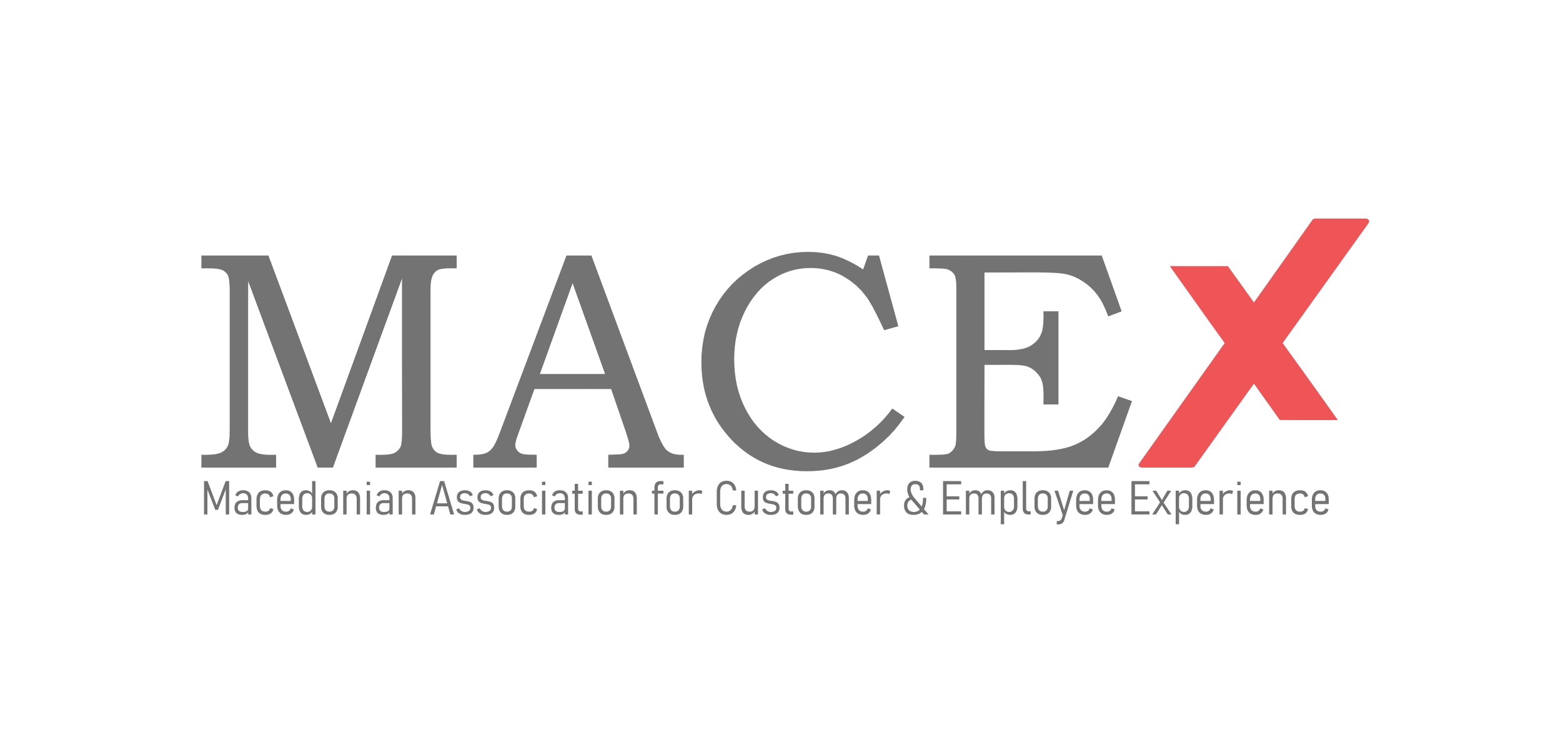CX Metrics and Definitions
90% of companies now compete on the basis of customer
experience!
Companies that lead in CX outperform laggards by nearly three times in revenue growth!
- Net Promoter Score (NPS): NPS is a widely used metric that measures customer loyalty by asking customers how likely they are to recommend a brand to others. Companies calculate NPS by subtracting the percentage of detractors (customers who are unlikely to recommend the brand) from the percentage of promoters (customers who are highly likely to recommend the brand).
- Customer Satisfaction index (CSI): CSI is a metric that measures how satisfied customers are with a specific interaction or experience with a brand. Companies typically ask customers to rate their satisfaction on a scale of 1 to 5 or 1 to 10.
- Customer Effort Score (CES): CES is a metric that measures the level of effort that customers have to put in to complete a specific task, such as making a purchase or resolving a support issue. Companies typically ask customers to rate their effort on a scale of 1 to 5 or 1 to 7.
- Churn Rate: Churn rate measures the percentage of customers who stop doing business with a company over a specific period of time. A high churn rate can be an indication of poor customer experience, while a low churn rate can be a sign of strong customer loyalty.
- Customer Lifetime Value (CLV): CLV is a metric that measures the total value that a customer will bring to a company over the course of their relationship. Companies can use CLV to identify high-value customers and tailor their CX initiatives accordingly.
